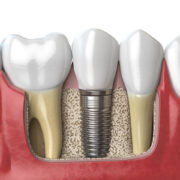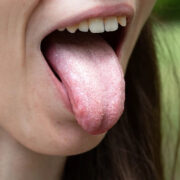Everyone wants a dazzling white smile, but some people are hesitant to try teeth whitening due to myths and misconceptions about its potential side effects. One common concern is that teeth whitening can cause dental cavities. But is this really true? In this article, we’ll debunk this and other common teeth whitening myths, and provide you with the facts you need to make an informed decision about whitening your teeth. We’ll explore the science behind how teeth whitening works, examine the risks and benefits of the procedure, and offer tips on how to maintain good oral health before and after whitening. So if you’re considering teeth whitening but are unsure about the potential risks, read on to find out the truth about this popular dental procedure.
How Teeth Whitening works?
Consultation: First, your dentist will examine your teeth to determine if you are a good candidate for teeth whitening. They will also discuss your expectations and provide you with information on the various types of teeth whitening treatments available.
Preparation: Before the actual whitening process begins, your dentist will clean your teeth to remove any plaque, tartar, or debris. This helps to ensure that the whitening gel is in direct contact with your teeth.
Application of Whitening Gel: Once your teeth are clean and dry, your dentist will apply a whitening gel to your teeth. The gel typically contains hydrogen peroxide or carbamide peroxide, which help to break down the stains and discoloration on your teeth.
Activation: To activate the whitening gel, a special light or laser may be used. This helps to speed up the whitening process and can enhance the results.
Multiple Applications: Depending on the level of staining and discoloration, your dentist may need to apply the whitening gel multiple times during the treatment session. Each application typically lasts around 15-20 minutes.
Rinse: After the whitening gel has been applied and activated, it will be rinsed off of your teeth. Your dentist may also apply a fluoride treatment to help reduce tooth sensitivity.
Follow-up: Depending on the type of teeth whitening treatment you receive, your dentist may recommend follow-up appointments to maintain your results. They may also provide you with at-home whitening kits to help you keep your teeth looking bright and white.
Common Myths: Whitening and Dental Cavity
Myth: Teeth whitening is harmful to the teeth.
One of the biggest myths about teeth whitening is that it can harm the teeth. However, when performed correctly, teeth whitening is a safe and effective procedure. The main side effect of teeth whitening is temporary tooth sensitivity, which usually goes away within a few days.
Myth: Teeth whitening can cause cavities.
Another common myth about teeth whitening is that it can cause cavities. However, there is no scientific evidence to support this claim. Teeth whitening works by removing surface stains and discoloration from the teeth, but it does not damage the tooth structure or increase the risk of cavities.
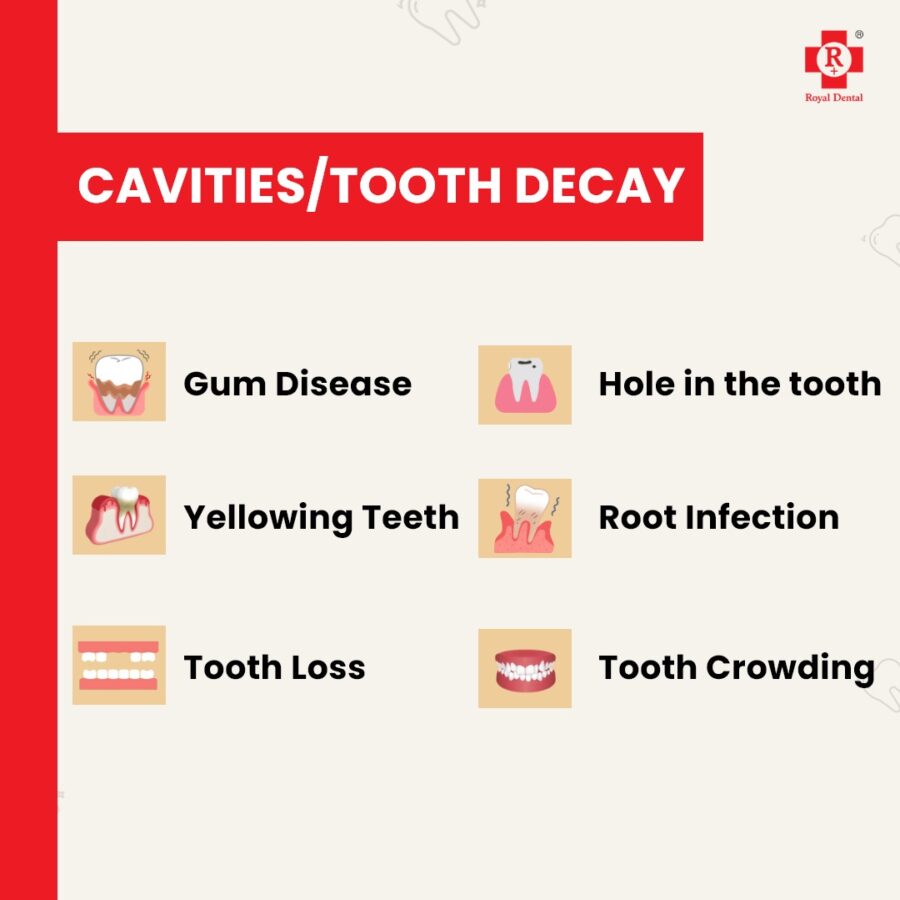
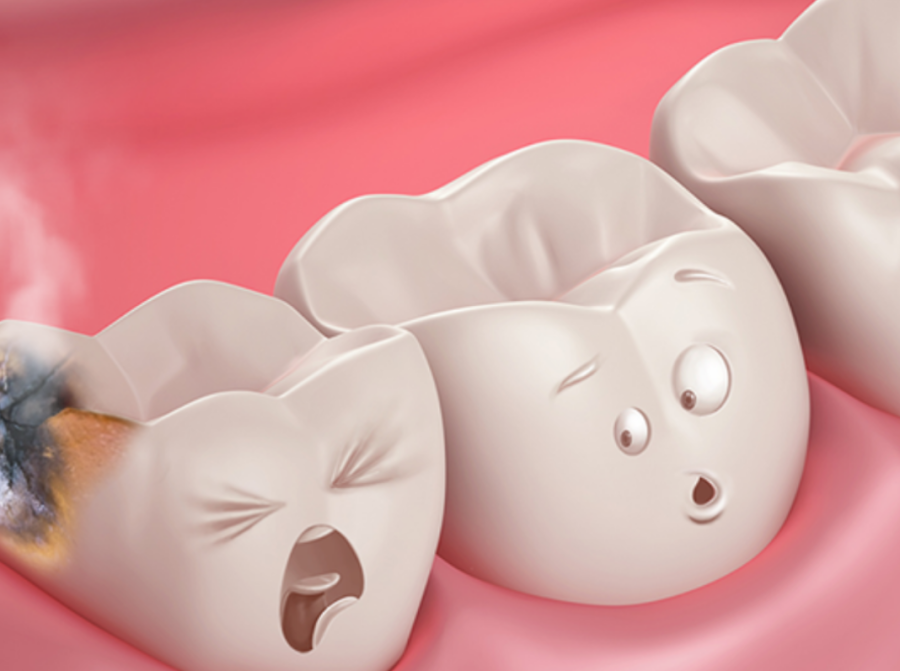
Myth: Teeth whitening is only for people with yellow teeth.
While teeth whitening is most effective on yellow or brown stains, it can also be effective on other types of stains, such as those caused by aging, smoking, or certain medications. However, teeth whitening may not be effective on stains caused by certain conditions.
Can Teeth Whitening cause Cavities?
As mentioned earlier, there is no scientific evidence to support the claim that teeth whitening can cause cavities. In fact, teeth can actually help prevent cavities by removing surface stains and making it easier to clean the teeth. However, it is important to note that teeth whitening should only be performed on healthy teeth and gums. If you have cavities, gum disease, or other dental problems, those issues should be addressed before undergoing teeth whitening. Additionally, it is important to follow good oral hygiene practices before and after teeth whitening. This includes brushing and flossing regularly and visiting your dentist for regular cleanings and check-ups.
Risks of Teeth Whitening
- Tooth sensitivity: Some patients may experience temporary tooth sensitivity or discomfort during or after the whitening procedure. This can usually be managed with over-the-counter pain relievers or desensitizing toothpaste.
- Gum irritation: Whitening products can irritate the gums, causing temporary inflammation or soreness. This can usually be managed with topical creams or gels.
- Uneven results: Teeth whitening may not produce perfectly uniform results, particularly if there are underlying dental issues such as tooth decay or gum disease.
4. Risk of overuse: Overuse or misuse of teeth whitening products can lead to permanent damage to the enamel or tooth sensitivity.
5. Not suitable for all types of stains: Teeth whitening may not be effective for certain types of stains, such as those caused by antibiotics or trauma to the teeth.
Benefits of Teeth Whitening
- Improved appearance: Teeth whitening can help remove stains and discoloration caused by age, certain foods and drinks, smoking, and other factors, resulting in a brighter and more youthful-looking smile.
- Increased self-confidence: A brighter and more attractive smile can boost self-esteem and confidence, leading to improved social and professional interactions.
- Non-invasive procedure: Teeth whitening is a non-invasive and relatively quick procedure, with little to no downtime or recovery required.
Maintaining Oral Health Before and After Teeth Whitening
Visit your dentist for regular cleanings and check-ups to maintain oral health.
Brush and floss regularly to remove plaque and prevent cavities.
Use fluoride toothpaste to strengthen the enamel.
Avoid foods and drinks that can stain the teeth, such as coffee, wine, and berries.
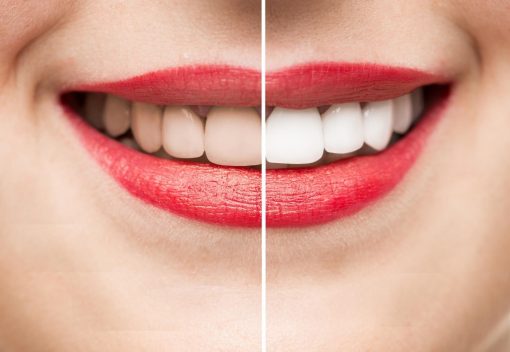
Alternative Teeth Whitening Methods
Charcoal toothpaste: Some people swear by charcoal toothpaste for its whitening properties, but there is little scientific evidence to support its effectiveness.
Oil pulling: This ancient practice involves swishing oil around in the mouth to remove toxins and improve oral health. Some people claim that oil pulling can also whiten the teeth, but there is no scientific evidence to support this claim.
Baking soda: Mixing baking soda with water to make a paste can help remove surface stains from the teeth. However, it is not as effective as traditional methods and should be used with caution to avoid damaging the enamel.
Conclusion and Final Thoughts
Teeth is a safe and effective way to improve the appearance of your smile. While there are some risks and side effects to consider, the benefits can be significant. By following good oral hygiene practices before and after teeth whitening, you can maintain good oral health and ensure the best possible results. Remember that teeth whitening should only be performed on healthy teeth and gums, and it is important to consult with a dental professional before undergoing any dental procedure.


